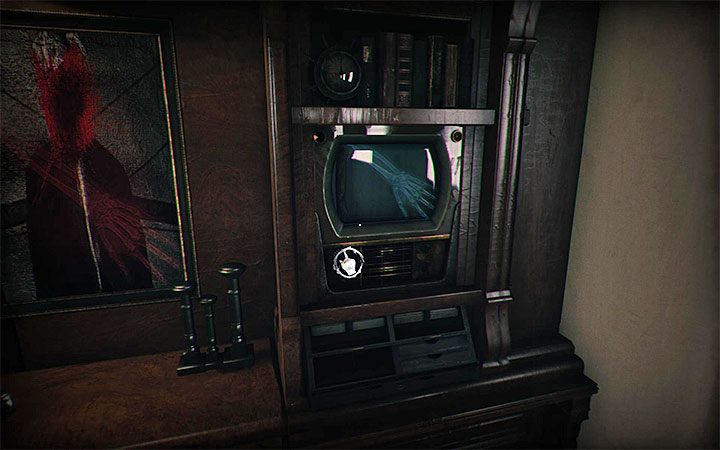

When asked to demonstrate why something cannot work, an effective strategy is to model the ineffective set-up and explore what the consequences would be. The next two questions ask you to explore why not. Tidal flow is not conducive to counter-current exchange. What is a prerequisite (requirement) for counter-current exchange to function? unidirectional flow of the outside medium (air or water)īulk flow (mass flow) of blood and external medium (air or water) Mammalian lungs with the respiratory surfaces in the shape of dead-end alveoli require tidal flow to ventilate. However, in contrast to us, blue whales are the biggest animals that have ever lived.Ĭompared to a human, the total distance that oxygen has to diffuse to reach cells in blue whales is blank, while the distance of bulk flow for oxygen in blue whales is blank. Which variable does presence of gills most affect in lugworms? A Blue whales are mammals and just like us have lungs with alveoli and transport oxygen in blood via a closed circulatory system. Lugworms live in U-shaped burrows that they build in the sediment of shallow marine intertidal zones.

Others, such as lugworms, are much larger.

Some are very small, only a few millimeters in length. Ignoring surface area of gills, which of the following variables DECREASES as a lugworm grows larger? SA/V There are many different species of marine annelid worm. There are many different species of marine annelid worm. What might the benefit of this be to the insect? Decreases the part of the distance filled with a medium that has a lower diffusion coefficient to increase the diffusion rate at times of high metabolic demand for oxygen. When the insect becomes active and its muscle cells have a greater demand for oxygen as a result, this water gradually pulls out of the tracheoles and into the muscle cells again (see figure above). In class, we oversimplified the insect respiratory system a bit to make our lives easier for calculating Fick's Law variables.įor example, as in any respiratory organ, the actual respiratory surfaces where the tips of the tracheoles make contact with individual cells of the insect are moist and filled with water.


 0 kommentar(er)
0 kommentar(er)
